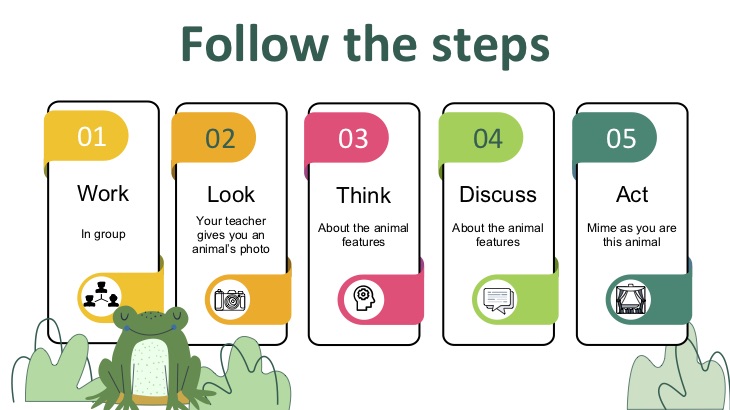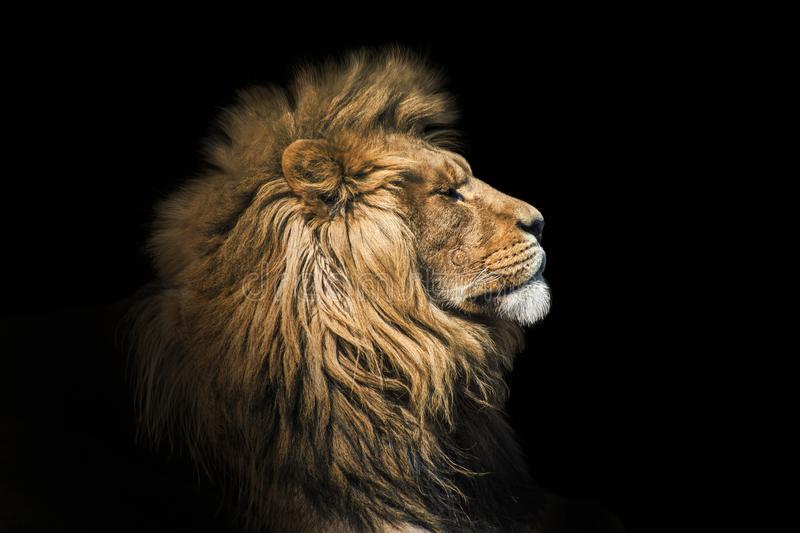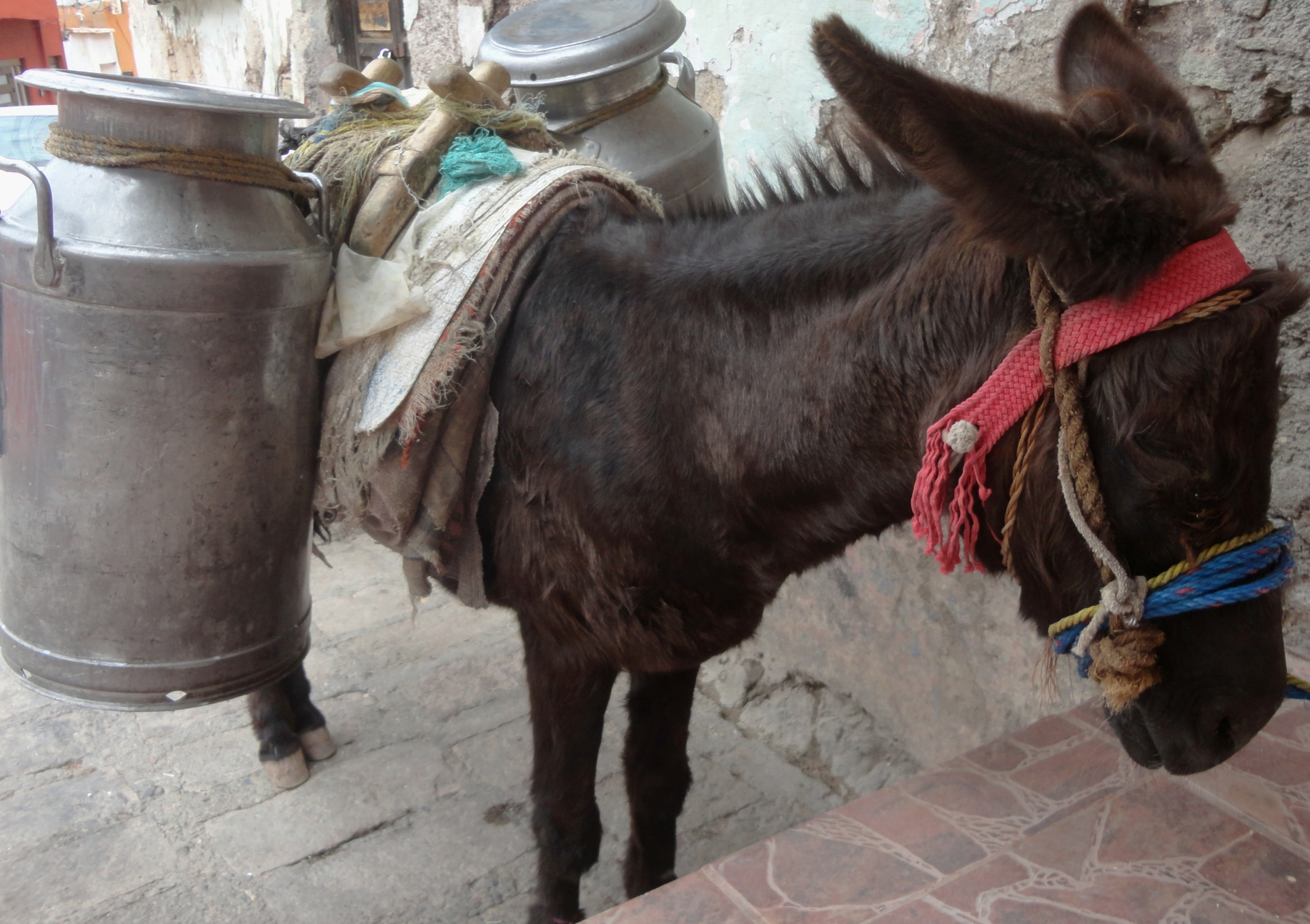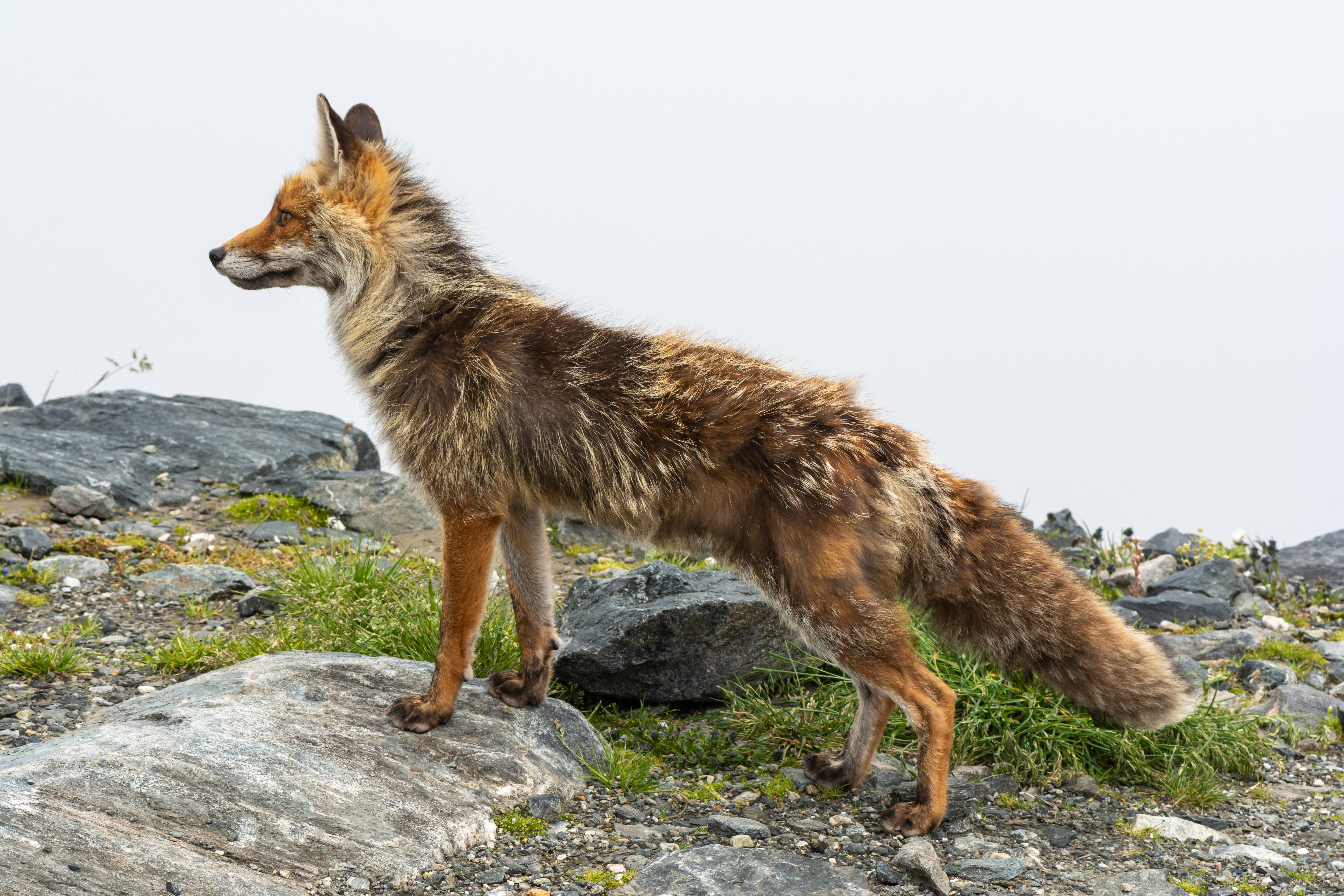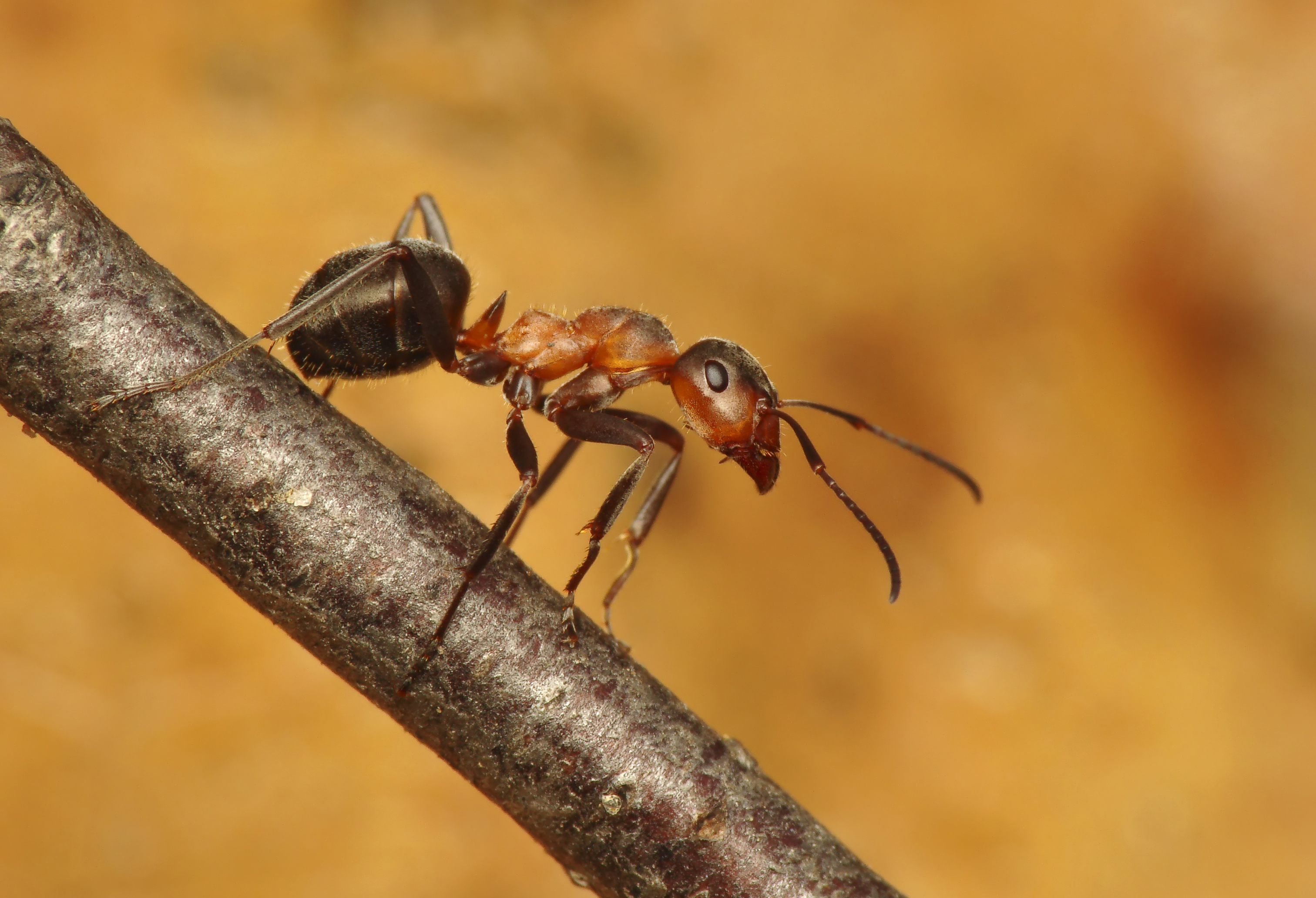Dictionary
Beak
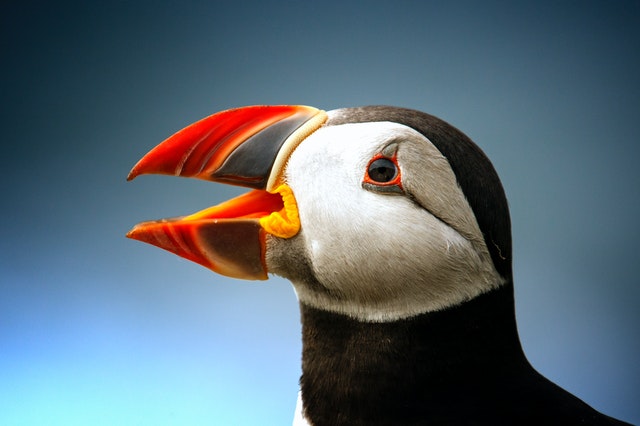
- Definition:
-
The hard, curved, horny part of a bird's mouth.
La parte dura, curva y puntiaguda de la boca de las aves.
- Example:
-
That bird has a short beak.
Ese pájaro tiene un pico corto.
- Spanish word:
-
Pico.
- Audio:
Dark

- Definition:
-
Having no light, close to black.
Sin luz, tirando a negro.
- Example:
-
Susan has dark hair.
Susan tiene el pelo oscuro.
- Spanish word:
-
Oscuro.
- Audio:
Fur

- Definition:
-
The hairy coat of a mammal.
Capa de pelo de los mamíferos.
- Example:
-
That cat has beautiful fur.
Ese gato tiene un pelaje hermoso.
- Spanish word:
-
Piel.
- Audio:
Horn

- Definition:
-
One of the hard, permanent, hollow, and usually paired growths that stick out from the heads of some animals.
Una de las prolongaciones duras y permanentes que nacen en las cabezas de algunos animales.
- Example:
-
Buffaloes have big horns.
Los búfalos tienen cuernos grandes.
- Spanish word:
-
Cuerno.
- Audio:
Pattern

- Definition:
-
a decorative design with repeated elements in a regular order.
Un diseño decorativo con los elementos repetidos.
- Example:
-
The room is decorated with a pattern of clouds.
La habitación está decorada con un diseño de nubes.
- Spanish word:
-
Patrón.
- Audio:
Self-assesment

- Definition:
-
When students evaluate themselves.
Cuando el alumnado se evalúa a sí mismo.
- Example:
-
In students' self-assessment they.
En la autoevaluación el alumnado evalúa.
- Spanish word:
-
Autoevaluación.
- Audio:


